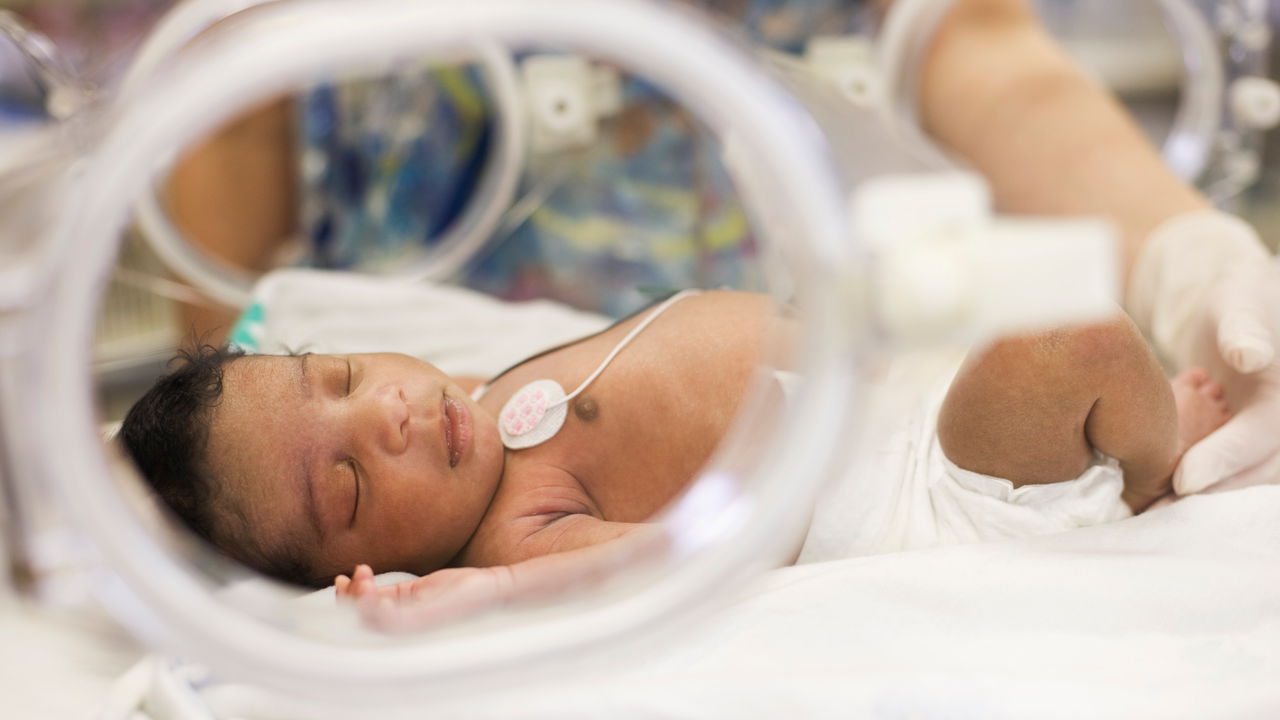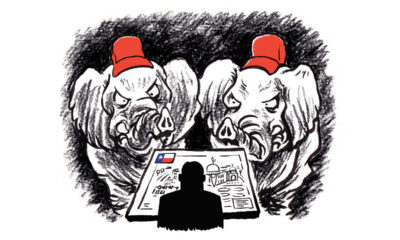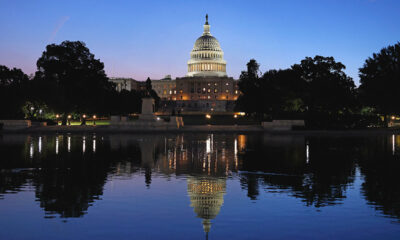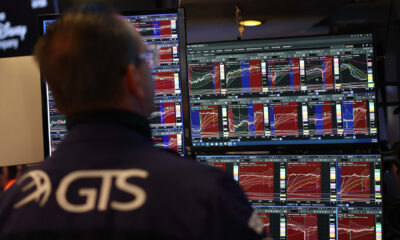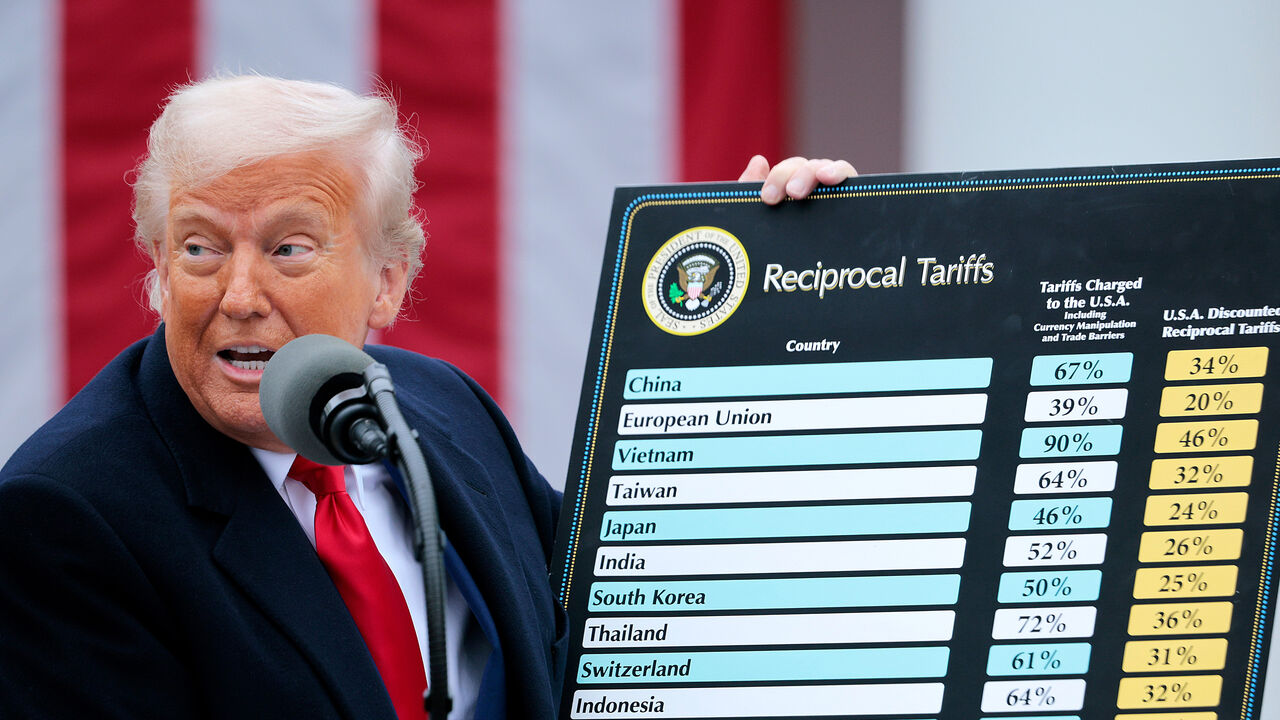BLACK BABIES in America are more than twice as likely to die before their first birthday than white babies. This shocking statistic has barely changed for many decades, and even after controlling for socioeconomic differences a wide mortality gap persists. Yet in 2020 researchers discovered a factor that appeared to reduce substantially a black baby’s risks. In their study, published in Proceedings of the National Academy of Sciences (PNAS), they wrote that “when Black newborns are cared for by Black physicians, the mortality penalty they suffer, as compared with White infants, is halved.”
This striking finding quickly captured national and international headlines, and generated nearly 700 Google Scholar citations. The study was widely interpreted–incorrectly, say the authors–as evidence that newborns should be matched to doctors of the same race, or that white doctors harboured racial animus against black babies. It even made it into the Supreme Court’s records as an argument in favour of affirmative action, with Justice Ketanji Brown Jackson (mis)citing the findings. A supporting brief by the Association of American Medical Colleges and 45 other organisations mentioned the study as evidence that “For high-risk black newborns, having a black physician is tantamount to a miracle drug.”
Now a new study seems to have debunked the finding, to much less fanfare. A paper by George Borjas and Robert VerBruggen, published last month in PNAS, looked at the same data set from 1.8m births in Florida between 1992 and 2015 and concluded that it was not the doctor’s skin colour that best explained the mortality gap between races, but rather the baby’s birth weight. Although the authors of the original 2020 study had controlled for various factors, they had not included very low birth weight (ie, babies born weighing less than 1,500 grams, who account for about half of infant mortality). Once this was also taken into consideration, there was no measurable difference in outcomes.
The new study is striking for three reasons. First, and most important, it suggests that the primary focus to save young (black) lives should be on preventing premature deliveries and underweight babies. Second, it raises questions about why this issue of controlling for birth weight was not picked up during the peer-review process. And third, the failure of its findings to attract much notice, at least so far, suggests that scholars, medical institutions and members of the media are applying double standards to such studies. Both studies show correlation rather than causation, meaning the implications of the findings should be treated with caution. Yet, whereas the first study was quickly accepted as “fact”, the new evidence has been largely ignored.
The reason why white doctors at first looked like such a “lethal” combination with black babies, say the authors of the recent paper, was that a disproportionately high share of underweight black babies were treated by white doctors, while a disproportionately high share of healthy-weight black babies were treated by black doctors. Being born severely underweight is one of the greatest predictors of infant death. Just over 1% of babies in America are born weighing less than 1,500 grams, but among black babies the rate is nearly 3%.
The fact that the original authors shared their data and workings with their challengers should be commended, as should PNAS’s decision to publish this second paper and a guest commentary. In it Theodore Joyce, from City University of New York, offers several reasons why the authors and their reviewers might have missed this critical factor, including that it was technically hard to tease out of the data. Yet as a final possible reason, he notes that the original article was published two months after the murder of George Floyd. “Reviewers are only human, and these events may have affected how the results were interpreted,” he concludes.
That a flawed social-science finding which fitted neatly within the zeitgeist was widely accepted is understandable. Less understandable is that few people now seem eager to correct the record. The new study has had just one Google Scholar citation and no mainstream news coverage. This suggests that opinion-makers have, at best, not noticed the new article (it was published a month ago; The Economist only spotted it when the Manhattan Institute, a conservative think-tank, last week put out an explanatory note). At worst, they have deliberately ignored it.
None of this means that a physician’s race–or their sex–is never relevant. Several studies have shown that shared identity between doctor and patient can improve communication, trust, patient experience and compliance with doctors’ orders. A study in 2018 of black men in Oakland found that those treated by a black doctor were more likely to bring up specific health concerns and undergo invasive screening than those treated by a white doctor. It would be particularly valuable to look at whether the race of a woman’s obstetrician has any impact on her baby’s outcomes.
Mr Borjas and Mr VerBruggen end on an optimistic note, observing that science has “the capacity for self-correction, and scientists can facilitate this by being open with their methods and data”. Science journalists can help, too. ■
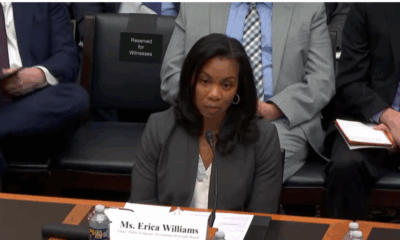
 Accounting1 week ago
Accounting1 week ago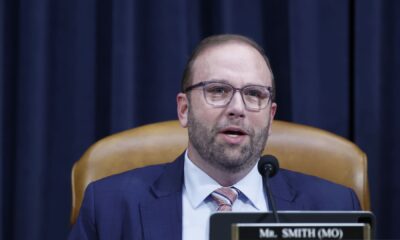
 Personal Finance1 week ago
Personal Finance1 week ago
 Accounting1 week ago
Accounting1 week ago
 Finance1 week ago
Finance1 week ago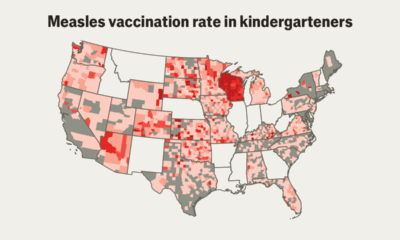
 Economics1 week ago
Economics1 week ago
 Economics1 week ago
Economics1 week ago
 Economics1 week ago
Economics1 week ago
 Personal Finance1 week ago
Personal Finance1 week ago
